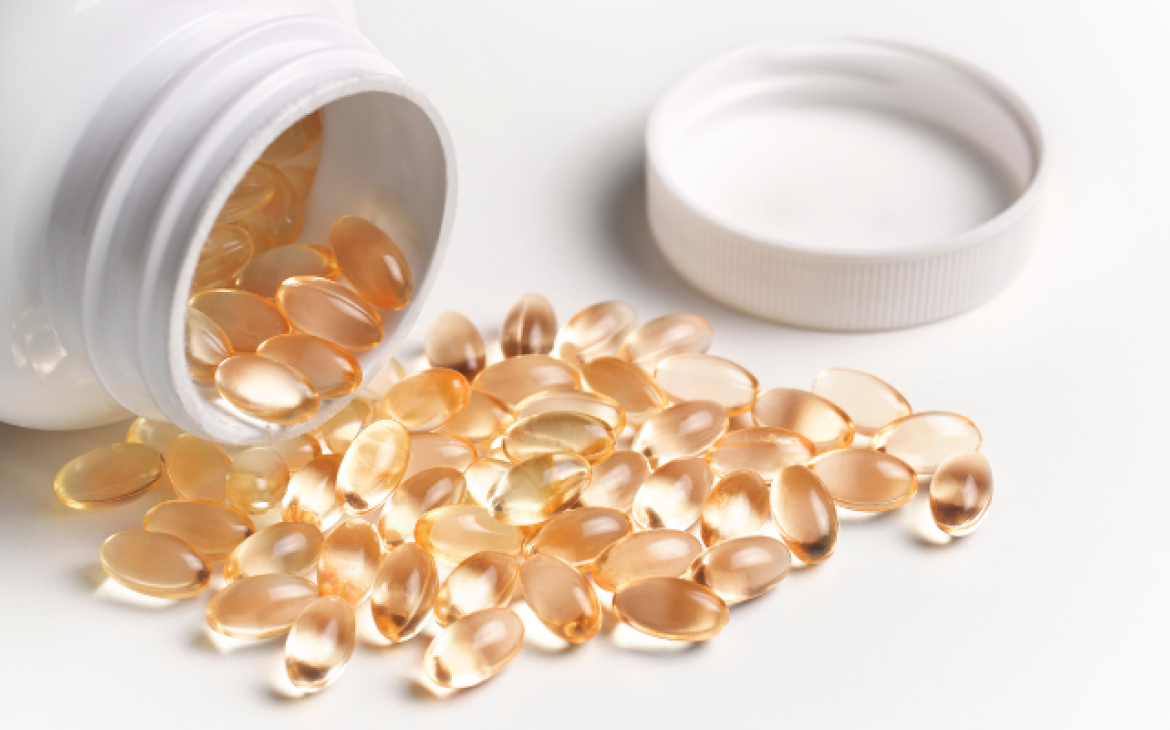
The increasing use of botanical products – flowers, leaves, seeds and other plant-based materials – in dietary supplements, herbal medicines and functional foods, raises interesting questions about how to authenticate these products. Knowing what these materials are, especially when they have been dried, cut, powdered, processed and shipped around the world, is something of keen interest to consumers, manufacturers and regulators alike.
Conventional identification methods, which examine microscopic or macroscopic (appearance) features could be of limited use for powdered botanical materials when the morphological features are lost. Further, chemical composition of a plant material could vary due to growth and storage conditions as well as harvesting process, resulting in varied chemical fingerprints. In each of these cases, the genomic composition remains the same.
When dealing with plants, there could be more than one species with very similar chemical profiles, but those items may not share the same desirable characteristics for use in supplements or foods. Further complicating the issue is the potential for adulteration of botanicals, especially the mixing or substitution of less expensive materials.
All of these factors indicate the potential for DNA authentication of plant-based materials to complement the conventional methods of analysis, and USP is exploring these new scientific methods to meet this demand. Used in combination with traditional methods, DNA testing can be especially useful in identifying specimens that are closely related and difficult to distinguish.
For example, black cohosh (Actaea racemosa) is marketed as a dietary supplement. The authentic species is Native American, but other varieties of this plant from other parts of the world have been used to mimic true black cohosh. With DNA identification, it becomes easier to identify each species to ensure that products contain black cohosh, and not any other variety.
DNA-based methods have limitations too. For example, a plant material may pass the DNA-based identification test even though the chemical compounds that may be necessary for the plant to deliver the intended effect may be missing. Further, some of the botanical preparations containing extracts may be processed through conditions that would eliminate the DNA content rendering the DNA-based methods unusable for these types of products.
As a resource to suppliers and manufacturers – and ultimately to consumers – to help increase confidence that botanical products are authentic, USP has included a new section on DNA-based identification methods in the USP-NF, a compendia of drugs, excipients and botanical and non-botanical dietary supplements .
Still, the use of DNA-based authentication for botanicals is a work in progress, so USP, in partnership with the U.S. Department of Agriculture (USDA), will bring industry and regulatory stakeholders together to discuss the strengths, limitations and applications of DNA methods during a workshop on October 23-24, 2014, at USP headquarters in Rockville, MD.
While not a universal solution to all issues related to the quality of botanical products, the inclusion of DNA-based authentication is something all stakeholders should consider and USP encourages participation in this debate. The market for dietary supplements, herbal medicines and functional foods will continue to grow as consumers increasingly consider botanical products as part of their health regimens and providing them with quality, safe products is essential.
For more information on the quality dietary supplements, including botanical products: http://qualitymatters.usp.org/low-down-quality-dietary-supplements-2
Nandakumara Sarma, Ph.D. is director of dietary supplements at USP.


